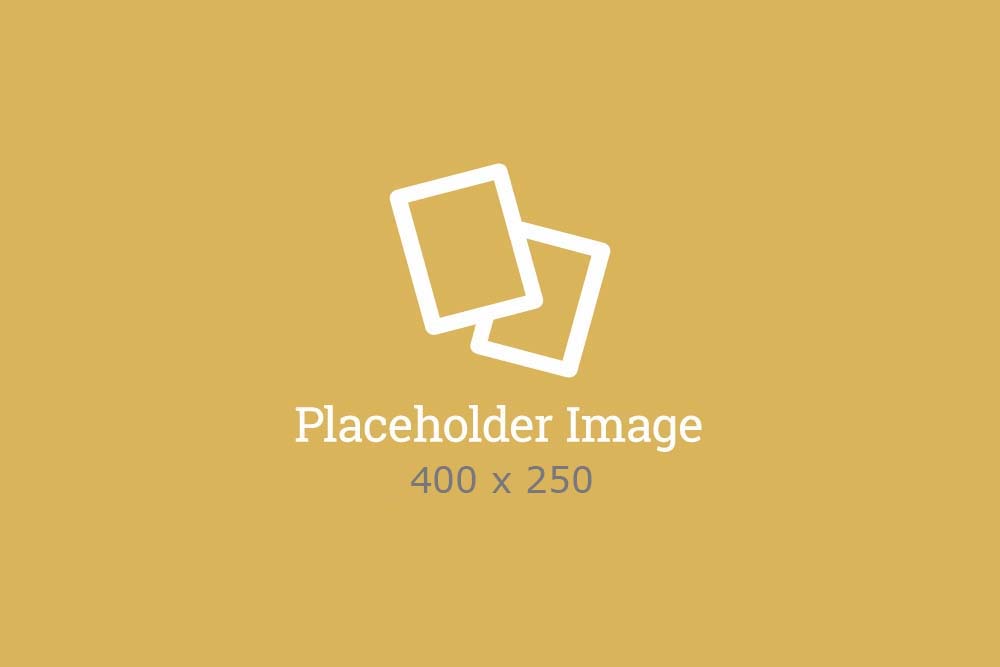Upon successful completion of the course the student will
- understand the basic concepts of Information Science and implications in society, employment, scientific progress and philosophy,
- distinguish the capabilities of the parts that make up a computer and will be able to choose the parts of a computer system that meets the needs of his scientific field,
- understand the capabilities and features of his computer's Operating System,
- use specific software packages for data processing and analysis, evaluation of results and decision-making in matters of his scientific field,
- use the computer for collaborative learning with partners, in the context of group work, understand the concept of algorithm and can create in the form of flowcharts, algorithms for solving computational problems,
- implement algorithms using the Python programming language,
- understand the concept of the database, its utility, the design principles and methodology and the ways of processing the data in a database, and furthermore is able to design simple databases, implement them and manage their data,
- know the basic concepts of networking, the internet, and its services as well as the issues related to their security,
- understand issues of cutting-edge technologies (artificial intelligence, virtual reality, big data, IoT, cloud computing), as well as their applications and techniques.
